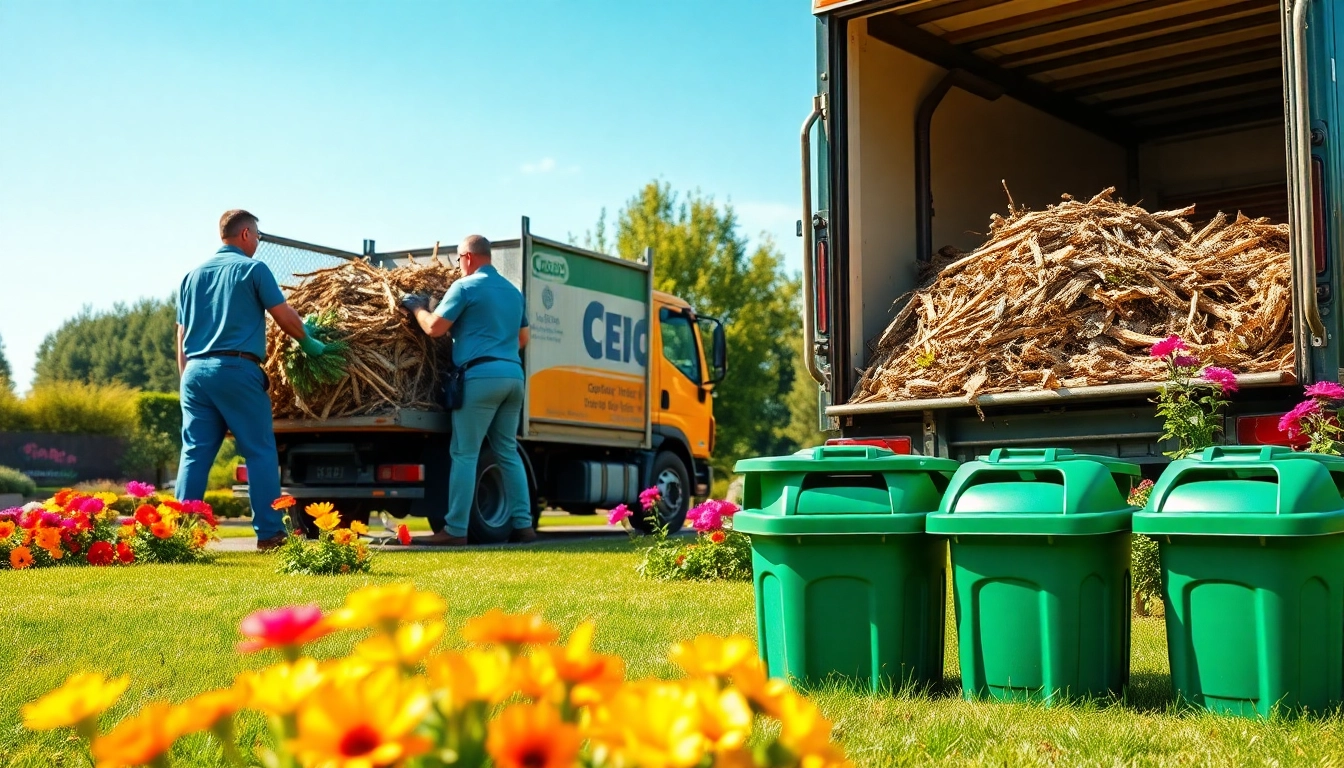
1. What is an Automatic Bioethanol Fireplace?
a. Definition and Function
An automatic bioethanol fireplace is a revolutionary heating device that utilizes bioethanol fuel, a renewable energy source made from natural materials, such as plants and sugars. This type of fireplace operates electronically, allowing for sophisticated features such as remote control, programmable settings, and automatic ignition. The primary function of an automatic bioethanol fireplace is to generate warmth and ambiance, providing users with a sustainable and visually appealing solution for indoor or outdoor heating.
b. Main Benefits
One of the standout benefits of automatic bioethanol fireplaces is their eco-friendly design. Unlike traditional fireplaces that use wood or fossil fuels, bioethanol fireplaces emit only water vapor and carbon dioxide, which are far less harmful to the environment. Moreover, they do not require physical vents or chimneys, making installation simple and versatile. Additional advantages include:
- Convenience: The automatic function allows users to control the fire with a remote, phone app, or even voice commands through smart-home devices.
- Visual Appeal: They are designed with aesthetics in mind, offering modern, chic styles that can complement any décor.
- Ease of Use: With simple ignition and quick refueling processes, they provide a hassle-free experience for users.
c. How It Works
The operational mechanics of an automatic bioethanol fireplace include several advanced components that work together seamlessly. At its core, the fireplace utilizes bioethanol fuel stored in a reservoir. Once the user activates the fireplace, either through a remote or an app, the ignition system lights the bioethanol, creating a flame. These systems are often equipped with sensors that monitor temperature and fuel levels, ensuring safety and efficiency. The flame can usually be adjusted for size and intensity based on user preference.
2. Advantages of Using an Automatic Bioethanol Fireplace
a. Energy Efficiency
Automatic bioethanol fireplaces are known for their energy efficiency. They are designed to produce maximum heat output while minimizing fuel consumption. Because they burn cleanly and efficiently, users find that they often require less fuel compared to traditional fireplaces, which translates to lower operational costs. Efficient burners ensure that users can enjoy a warm space without excessive energy bills.
b. Safety and Ease of Use
Safety features in automatic bioethanol fireplaces are essential for user peace of mind. Most models incorporate several safety mechanisms such as automatic shut-off sensors and child locks. Furthermore, their ease of use means that anyone can operate them without needing extensive knowledge or experience with traditional fire systems. This accessibility encourages more people to enjoy the warmth and comfort of a fireplace in their homes.
c. Aesthetic Appeal and Modern Design
With sleek lines and contemporary design, automatic bioethanol fireplaces significantly enhance any living space. They are available in various styles, from minimalist to ornate, catering to diverse architectural preferences. This versatility allows homeowners to choose fireplaces that align with their overall design theme, effectively merging function with aesthetics.
3. Choosing the Right Bioethanol Fireplace for Your Home
a. Size and Design Considerations
When selecting an automatic bioethanol fireplace, the first consideration is size and design. The fireplace should fit appropriately within the intended space, whether indoor or outdoor. Measure the available area and choose a fireplace that will not only fit well but also complement the existing décor. Larger models may serve as impressive focal points, while smaller units can blend neatly into tight spaces.
b. Features and Technology to Look For
The technology incorporated in automatic bioethanol fireplaces can vary significantly. Essential features to look for include:
- Remote Control and Smartphone Integration: These allow users to activate and adjust the fireplace without needing to approach it directly.
- Adjustable Flame Settings: Some fireplaces offer options for modifying flame height and intensity, giving users additional control over the ambiance.
- Safety Sensors: Look for models that include overheat detection and automatic shutoff features for added safety.
c. What Makes It Different from Manual Models?
Automatic models differ significantly from manual counterparts primarily in functionality and convenience. Manual bioethanol fireplaces require users to light and adjust the flame manually, which can be cumbersome. Automatic versions simplify this experience with built-in ignition systems and remote control options, providing a more user-friendly approach. Additionally, automatic devices often come with more sophisticated safety features, addressing potential fire hazards more effectively.
4. Maintenance and Care of Bioethanol Fireplaces
a. Cleaning Tips
Maintaining an automatic bioethanol fireplace is relatively straightforward. Regular cleaning is necessary to keep the glass and burner components clear of soot and debris. An effective way to clean the glass is using a mixture of vinegar and water; utilize a soft cloth to avoid scratching the surface. It is essential to ensure the fireplace is cool before cleaning to prevent any accidents.
b. Refueling the Fuel
Refueling an automatic bioethanol fireplace is uncomplicated. Users need to pour the bioethanol fuel into the burner reservoir carefully, avoiding spills or overfilling. It’s advisable to use a funnel for precision and to minimize the risk of accidents. Always wait for the fireplace to cool down completely before adding additional fuel.
c. Routine Safety Checks
Safety is paramount when using any appliance that generates fire. For bioethanol fireplaces, routine checks should include inspecting the burner and surrounding areas for any signs of wear or damage. Ensure that safety sensors are functioning correctly and that the fuel levels are adequate. Keeping a fire extinguisher close can provide additional peace of mind when operating any kind of fireplace.
5. Frequently Asked Questions About Automatic Bioethanol Fireplaces
a. Is Bioethanol Safe to Use?
Bioethanol is considered safe when used according to manufacturer instructions. The fuel is non-toxic and bio-degradable, but like any fuel source, it should be handled with care. Ensure that the fireplace is placed in well-ventilated areas to avoid suffocation hazards from inadequate air supply.
b. How Long Does Bioethanol Last?
The duration of bioethanol fuel depends on several factors, including the size of the fireplace, flame intensity, and ventilation. On average, a liter of bioethanol can burn for approximately three to four hours, offering sufficient time to enjoy the warmth and ambiance it provides. Users should always refer to the manufacturer’s specifications for exact burn times.
c. Availability and Cost of Fuel
Bioethanol fuel is widely available through various retailers and online platforms. Prices may vary based on location and supplier, but on average, plan on spending around $3–$5 per liter. This affordability, combined with the convenience of bioethanol fireplaces, makes them an enticing option for homeowners looking for a modern, efficient heating solution.







